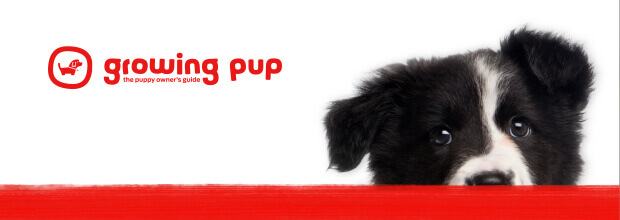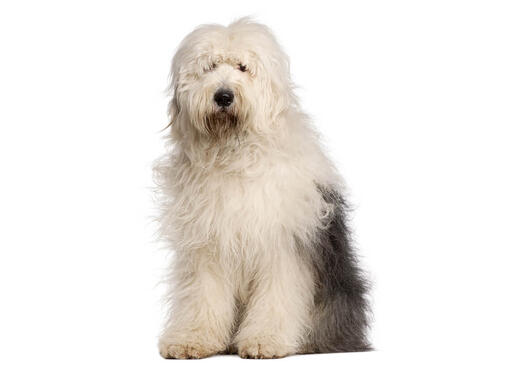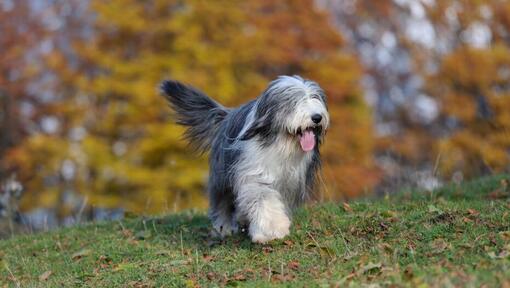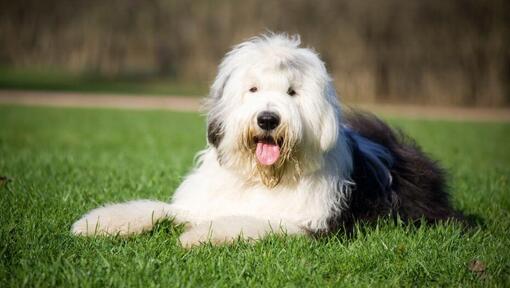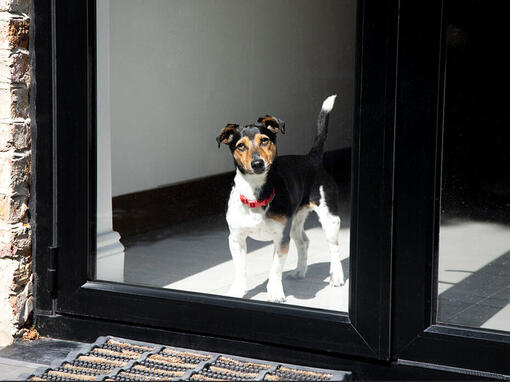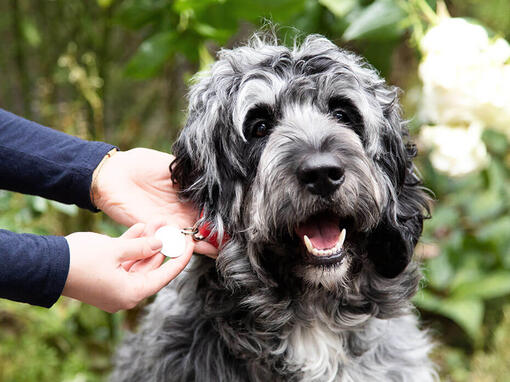History and Origins
Country of Origin: England
Despite their name, the Old English Sheepdog isn’t that old and wasn’t historically a sheepdog! They were mostly used as drover’s dogs, employed to help move cattle and any work they did with the sheep was purely part time.
They were created in the late 18th century by crossing existing drover’s dogs with the Bearded Collie and possibly also some of the European breeds such as the Bergamasco. They were often known as Bobtails because they were traditionally docked as a tax avoidance scheme. Working drover’s dogs were exempt from taxes and so they were marked and ‘disabled’ in this way - whereas true sheepdogs needed their long tails to help with their complex and athletic sideways movements.



